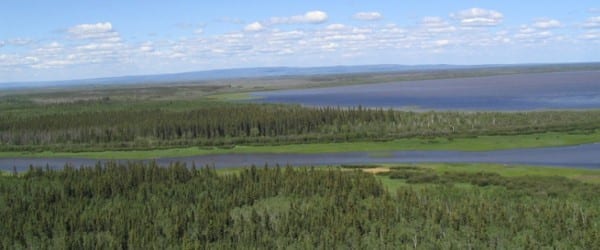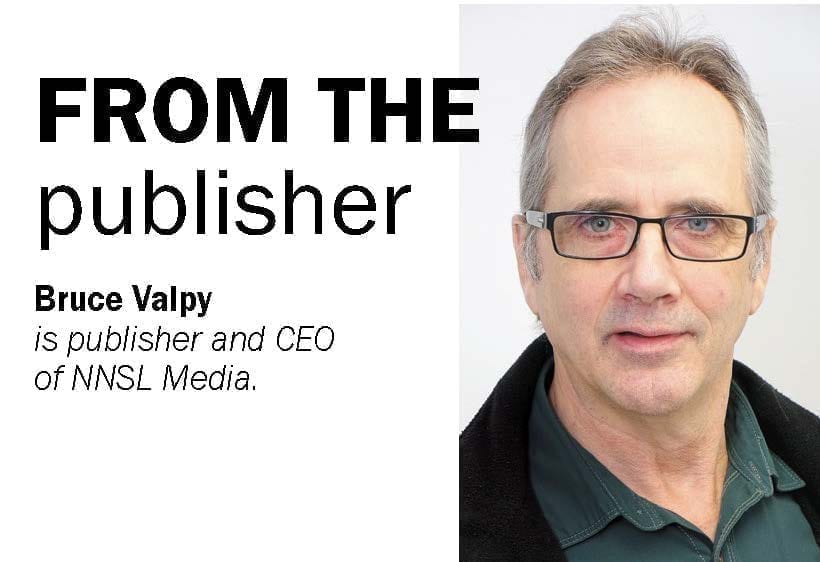
A telling revelation leapt out in the bearpit in the recent sitting of the Legislative Assembly of the NWT.
 Frame Lake MLA Kevin O'Reilly, who likes to praise before he pounces, applauded the recent indefinite subsurface land withdrawal (no mines or resource development allowed) for the Edéhzhíe Protected Area in Dehcho.
Frame Lake MLA Kevin O'Reilly, who likes to praise before he pounces, applauded the recent indefinite subsurface land withdrawal (no mines or resource development allowed) for the Edéhzhíe Protected Area in Dehcho.
According to Premier Cochrane “this park was taken off the table as kind of a negotiating thing, was my understanding. I didn't feel that was fair, so they (Dehcho First Nation) asked me to put it back on, and I agreed.” The end goal is a 14,200 square kilometre National Wildlife Area which now needs the completion of a Dehcho land use plan. Go here to see the status of NWT land use plans.
Then O’Reilly went on to ask Cochrane why the Dehcho Land Use Plan has been “in development for 19, count them, 19 years," and why doesn’t the GNWT get out of the way of the First Nations doing what they want with their land?
Cochrane replied that while she couldn’t be held responsible for the last 19 years of foot dragging, she wants to repair the broken relationship with the Dehcho, but could only go so far. “It would be easy for me, Mr. Speaker, to say, ‘I will stand back and let you (DFN) do what you want.’ However, there is a public interest as well, and the Dehcho First Nations recognizes that.”
And this is the key to it all - public interest. That can only mean non-indigenous people because for Indigenous Northerners, there is no question they want their land back and full control of what happens on it.
Land claims negotiations are essentially rejigging flawed treaty agreements signed almost a century ago. The federal government is at the table and has decided for legal purposes to return portions of land improperly seized from Indigenous governments. Across the table, we have the Indigenous governments trying to regain those lands illegally seized. Also at the table sits the GNWT, defending the ‘public interest.'
Unsettled land claims hold up economic development (hurting Indigenous and non-Indigenous business, especially mining), stifle self government development, threaten the languages and the culture of the people who can't regain their land in this time of reconciliation. How is that in the ‘public interest’?
Historically, the ‘public interest’ has been interpreted by the GNWT as maintaining regulatory control over as much land and as many people as possible, using the colonial cloned federal government as a role model.
So while Premier Cochrane can’t change history, she can change course. She must tell her staff it's in the public interest to resolve land claims as speedily as possible. And the best way to do that is to stand down from the adversarial approach and instead provide administrative support for the Indigenous governments negotiating with the feds - a united Northern front.
The stronger the Indigenous governments, the greater the resources under their control, the better they will be able to foster a healthy, housed, educated population to contribute to the quality of life for all Northerners in the NWT. That’s in the public interest, goals the GNWT has failed to achieve for over 50 years.
Once the land is returned, there can be a partnership of the territorial and Indigenous bureaucracies. The Indigenous governments have the land base and cultural mandate, the GNWT has the money and knowledgeable, experienced staff to help deliver essential services and create centres of excellence such as Stanton regional hospital for health, Aurora College for training and education, community-based networks for social services, mental health hubs and culturally oriented schools.
There will be much resistance to change but Cochrane has the indisputable argument that too little has been accomplished, too much money wasted frustrating the aspirations of our Indigenous governments.
Success can only be found in a new approach, altering the notion it’s in the public interest to either block land claims or drive the hardest bargain possible regardless of the lack of progress. That is how land use plans can stretch out for 19 years, and longer.